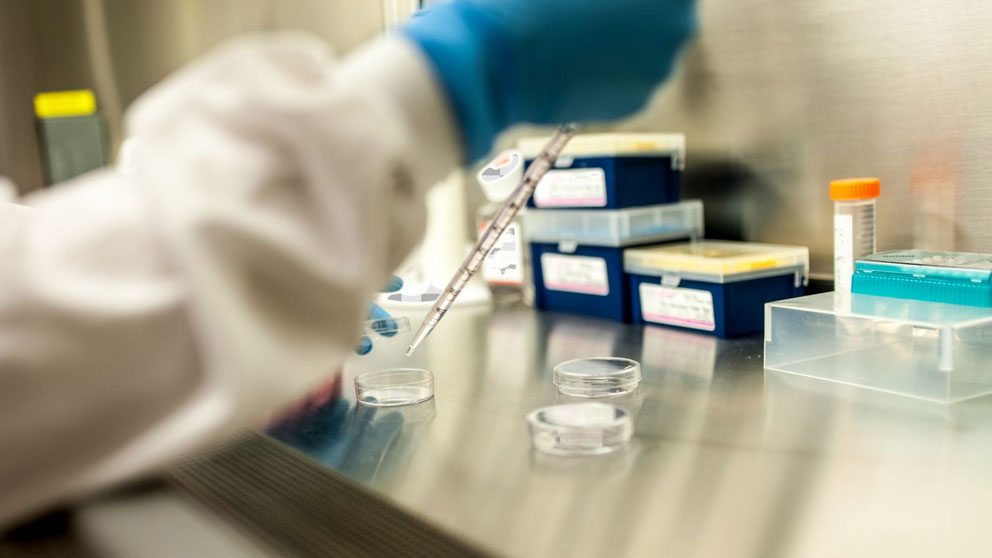
Michael L. Stitzel and collaborators thoroughly characterize an important new cell line for type 2 diabetes research.
Type 2 diabetes (T2D) is among the most complex of complex diseases. Although it is fundamentally a genetic disease, environmental factors and behaviors also play significant roles, and hundreds of places in the genome have been associated with susceptibility. The result is insulin resistance in the body, and pancreatic islet cells unable to secrete enough insulin to compensate.
As a result, scientists are intensively studying pancreatic cells, particularly the insulin-secreting islet b cells. Nonetheless, the important molecular and genetic changes associated with b cell function and T2D dysfunction remains poorly understood. Recently, scientists created an immortalized human b cell line, known as EndoC-bH1, to facilitate research into pathways and mechanisms underlying b cell function and what can go wrong in disease. In a paper published in Cell Reports, a team led by JAX Assistant Professor Michael Stitzel, Ph.D.(De)coding the regulatory landscape of human pancreatic islets and other metabolic cell types health and diabetesMichael Stitzel, Ph.D., performed a comprehensive characterization of the EndoC-bH1 molecular landscape. The work goes far beyond genetic sequencing to also examine genetic regulatory effects, chromatin interactions, epigenomic traits, and transcriptome (RNA) sequencing. They also built a publicly available web application to share the data with the research community. The results provide a vital resource to both enable and guide future studies using the EndoC-bH1 cell line to further interrogate human b cell (dys)function.
The data indicate that EndoC-bH1 cells carry genetic heterogeneity, meaning their DNA can vary between individual cells, sometimes quite significantly. The researchers found the gain and loss of entire chromosomes, as well as structural variations such as translocations of sequences between chromosomes. The differences may persist or even change further as the cells grow through subsequent generations. Therefore scientists using the cell lines would be well advised to be cautious about their findings and take these differences into account. On the other hand, the data show that there is substantial similarity between cellular transcriptomes and regulatory networks across EndoC-bH1 and primary islet b cells, underscoring the utility of EndoC-bH1 cells for T2D research.
In the end, the data and tools from the study will provide the starting point needed for data-driven research designs using EndoC-bH1 cells, and the web application will provide ready access to the information.
Lawlor et al., 2019, Cell Reports 26, 788–801. https://doi.org/10.1016/j.celrep.2018.12.083